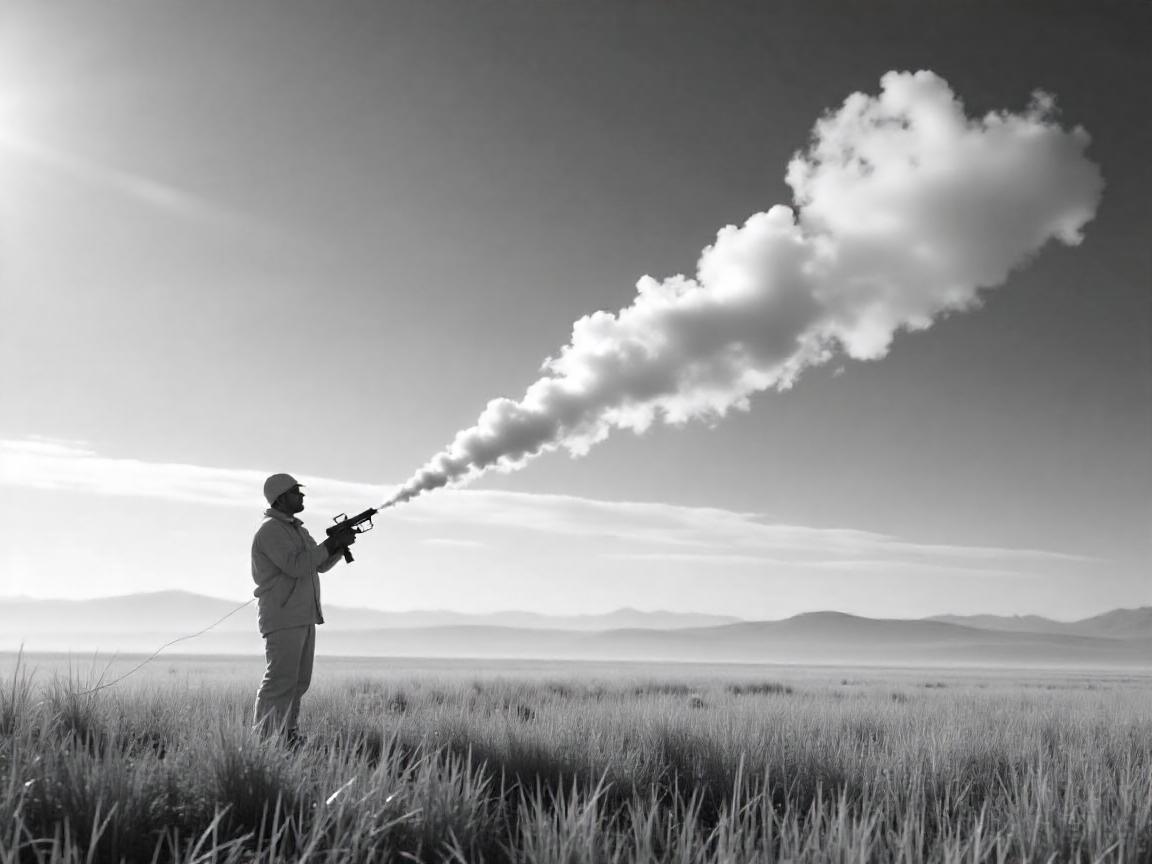
Earth’s Protective Shield Is Showing a New Hope
Climate engineering: Do you remember the world’s concern in the late 1980s over how the ozone layer was thinning? Solid international actions, including the 1987 Montreal Protocol, have led to major improvement. NASA reported in 2024 that the size of the Antarctic ozone hole was now one of the smallest seen during monitoring, pointing to a good sign.
As climate change speeds up, scientists are discovering new ways to both prevent more damage to the ozone and help restore it. Climate engineering, for instance Stratospheric Aerosol Injection (SAI), is a means of repairing the ozone layer by putting certain chemicals into the stratosphere.
Learning about stratospheric aerosol injection (SAI).
With SAI, solar geoengineering tries to reflect some of the sun’s rays back into the atmosphere which helps cool the planet. To achieve this, we send up aerosols called sulfur dioxide or calcium carbonate to the stratosphere. Thanks to these particles, we have a layer that can reduce the effects of global warming.
A few researchers have discovered that a few aerosols might contribute to the repair of the ozone layer. Such research found that calcium carbonate particles could eliminate acids in the stratosphere and stop some ozone from breaking down.
Real-World Applications and Case Studies
A number of studies are being carried out to determine if SAI can work well. SCoPEx at Harvard desires to send small aerosol particles into the stratosphere to investigate how they modify atmospheric chemistry and contribute to ozone recovery .
In 2023, according to a NOAA study, releasing sulfur dioxide higher up at the poles could lessen the negative impacts of SAI on how rain falls.
The study of 2024 published in Nature reveals that using solids in the stratosphere could cut stratospheric warming by as much as 70% when compared to sulfur dioxide, revealing how various materials may contribute to climate engineering .
Experts Say: Treading Carefully While Developing New Ideas
Although SAI shows much promise, experts still want us to take care. Dr. Professor Frank Keutsch from Harvard points out that it would be better to look for other, less harmful materials since “Sulfur is the only one we really know well” . It proves the value of doing plenty of research and tests before implementing any project.
Important ethical concerns are a part of development as well. Since unintended results of SAI could affect climate and world politics, governments and nations must collaborate openly. According to The Verge in 2024, scientists who advise the European Commission recommended putting a pause on solar geoengineering because its safety and effectiveness are not yet certain.
The Path Forward: Collaborative Efforts and Ethical Considerations
For the ozone layer to be restored with the help of climate engineering, countries worldwide must cooperate. Creating ethical standards and setting up new rules helps researchers and users conduct responsible work with SAI technologies.
Getting the public involved is just as important. Giving people knowledge about climate engineering makes it easier for communities to discuss and act together wisely. When facing climate change, using SAI can help us protect our planet’s future.
Conclusion: Taking up Innovation Responsibly
There is great hope and some doubts involved in repairing the ozone layer with climate engineering. Luckily, SAI could be used to combat climate change and fix the ozone layer, yet it must be handled vigilantly, openly and together with the world’s nations. Responsibility and creativity together help us move toward a future able to last and adapt as needed.
